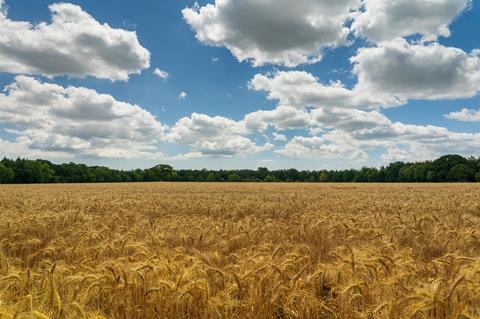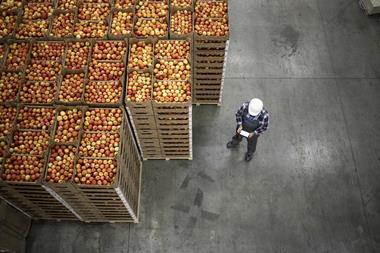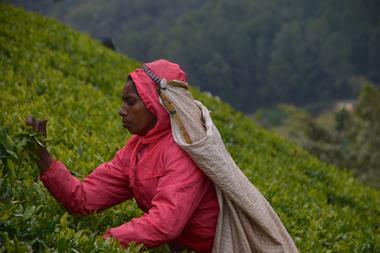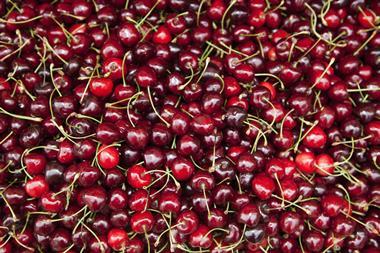
Cereal growers already facing soaring input inflation are now having to face up to the mounting costs of cooling their crops.
With the recent heatwave affecting this year’s harvest, the NFU has warned growers are having to spend more cash on cooling to protect their crop.
The heatwave last week – when temperatures reached over 40°C in some parts of the country – put extra strain on growers and the quality of their crop, leading to a battle to harvest as quickly as possible for some farmers, and the need to use cold stores to protect their yields from the heat.
Not using cold stores meant many growers would see quality issues, particularly for malt and barley, suggested NFU crops board chair Matt Culley. And this could ultimately result in a loss of premiums for already struggling growers in areas from milling to feed grains.
“It all really revolves around what the air temperature is when the grain is being harvested,” said Culley. “If it is 30 degrees outside then you are harvesting grain at that temperature that will stay with the grain as it goes into store. That’s why you have to cool it so quickly.”
Failing to cool crops can lead to issues such as cereals becoming too hot and ‘sweaty’ – causing excess moisture in the store. It can also cause potential risks for toxins to develop and insect issues.
“If the grain stays warm in store and isn’t cooled quickly enough then you get a proliferation of mites, grain weevils etc, because they thrive in those sorts of warm, damp habitats,” Culley pointed out.
The added risk of bug infestation would also lead to “double or triple handling of grain which, with electricity prices as they are, just incurs extra added cost to growers”, he added.
Growers warn of crop issues due to heatwave impact and lack of rain
It comes amid mounting concerns over soaring input costs across the growing sector, with many growers increasingly concerned over how the situation will affect planting for the 2023 season, suggested Philip Dolbear, AHDB senior knowledge exchange manager for cereals & oilseeds.
“The concern is that [growers] are having to buy inputs now, from seed to fertilisers, sprays and so on, for harvest in 2023,” when the price of the crop was not yet set and could continue falling, he said.
Dolbear added that some growers had also had to put off harvesting during the heatwave due to the high temperatures of grains.
Growers typically put grain in stores and blew air through it. However, the “trouble is while the air outside was 35 or 40 degrees, with blowing the air you are almost heating the grain up”.
Growers had to use powered cold stores more to bring the temperature down as fast as possible, as some grains going into the stores were at around 26°C.
Culley said that this was in some instances adding up to £4.50 per tonne in additional costs, which is “something we don’t see very often and that is purely because of the heatwave”.
The warnings follow a new report from the Cold Chain Federation, which revealed the cold storage sector’s electricity costs had grown from £560.6m in 2021 to an estimated £1.6bn for 2022. The report also showed that volume of UK cold storage capacity had increased by 10% since 2021.
Another issue posed by the heatwave, according to Dolbear, was that crops were “too damn dry” and while growers would normally harvest at 16% moisture for cereals, some crops were coming in at 10%-12% moisture. This meant that farmers were being paid less for crops even if they could cool them without losing their premiums.
Dolbear added that he thought that now “issues with hot grain in store are now under control” with farmers all trying to be “a bit more prepared”.



















No comments yet